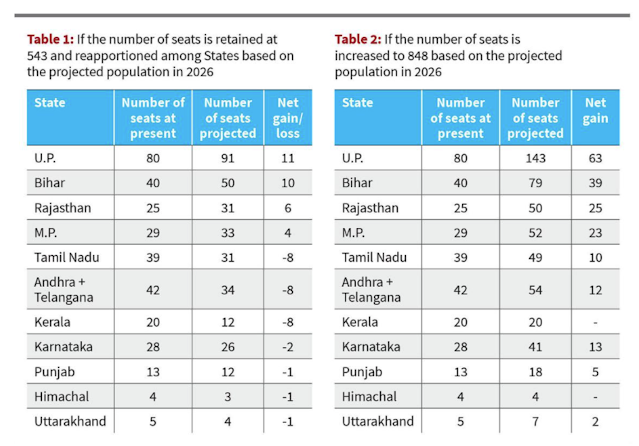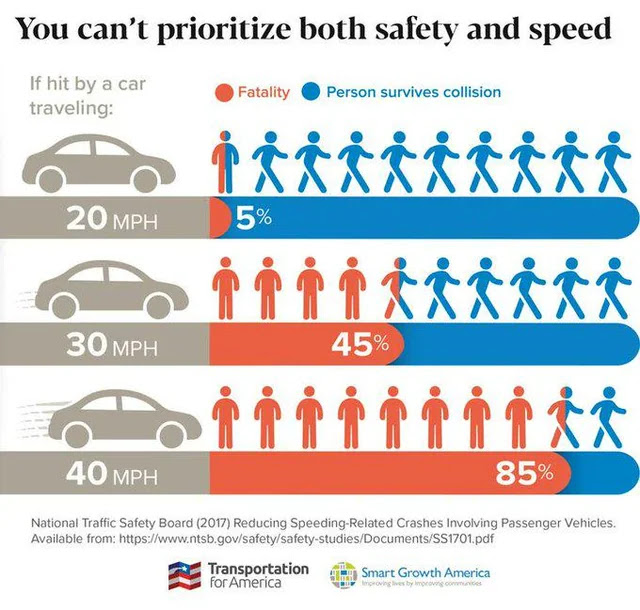#544
Personal:- 2024 Physicals Done. All Good. 2024 seems better on Health indices than 2023.
+++
Context:- 1) I read with interest a FT Article on "Autonomy" (Should companies let do Employee, What they want!). That triggered me to link to Dan Pink's great book, "DRIVE" and recent book "Skill Code". 2) 9/11/01, I presented my first International Training. (End note).
+++
Autonomy: The Freedom to Create and Excel
I’ve always found that the most effective organizations are the ones that trust their employees with autonomy. Autonomy isn’t about leaving people to figure it all out on their own. It’s about providing them with the space to take ownership of their work, make decisions, and find their own ways to achieve success.
In my experience, autonomy led to personal growth. We were given the freedom to work creatively, solve problems, and deliver results that often exceeded expectations. Whether it was launching a new safety program or managing international projects, autonomy empowered us to push boundaries while knowing we had the guidance of experienced mentors when we needed it. It allowed us to thrive.
For Organizations: Start by identifying areas where autonomy can unlock creativity and problem-solving. Link it to your strategic goals, but make sure to set clear expectations and accountability measures. When people have the space to innovate, they deliver.
For Individuals: Take initiative and seek out opportunities where you can take ownership. Autonomy comes to those who prove they can handle responsibility. Don’t be afraid to ask for guidance when needed, but also take risks where appropriate.
Mastery: Developing Skills that Make a Difference
One of the greatest gifts of autonomy is the opportunity to develop mastery. I’m proud to say that the freedom we were given allowed us to hone both technical (hard) skills and soft skills. Whether it was learning to navigate complex global regulations or developing leadership qualities, the space to grow and develop was invaluable.
Organizations I worked for treated skill development as an investment, not an expense. They gave us the resources to improve and expected us to apply these new skills to exceed business objectives. I remember how this focus on mastery helped me and my colleagues grow beyond our roles. Many of us were able to take on new challenges, and in doing so, we made a greater impact than we ever imagined.
For Organizations: Invest in continuous learning and development programs. Don’t confuse knowledge with skills—both technical expertise and soft skills need to be nurtured. Create a culture where employees are encouraged to master their craft and offer them the tools to do so.
For Individuals: Seek out opportunities to improve. Mastery doesn’t happen overnight, and it requires dedication. Look for ways to refine your skills, get feedback, and apply what you learn. The journey of mastering a skill is as rewarding as the destination.
Purpose: Connecting Work to Something Greater
For me, the organizations I worked with always had a strong sense of purpose. They weren’t just about making money—they were about delivering solutions that made a difference to society. Whether it was through safety programs, community engagement, or innovative products, we were part of something bigger.
This connection to a larger mission made the work meaningful. We knew that our efforts were contributing to a greater good, and that gave us a sense of pride. Purpose wasn’t just about what we did, but why we did it. It kept us motivated and aligned with the company’s vision.
For Organizations: Make sure that your employees understand the larger mission of the company. When people feel that their work contributes to a greater cause, they are more motivated and engaged. Be clear about how each department and individual role ties into the company’s overall purpose.
For Individuals: Align your personal values with your professional goals. It’s not always easy, but when you find purpose in your work, the rewards go beyond financial gain. Look for ways to make your role meaningful, and contribute to something bigger than yourself.
Skills Development: The Key to Lasting Success
What struck me most about the organizations I was fortunate to work for was their long-term view on talent development. From 1985 to 2012, talent development was seen as a long-term investment. The companies provided training and mentorship that allowed employees to develop both technical and leadership skills. This approach benefited the business as much as it benefited us.
This focus on skill development helped me grow in ways I never anticipated. Whether it was improving my safety management capabilities or developing interpersonal skills that helped me work across cultures, the companies made sure we were equipped to succeed. And they were right—it paid off for both sides. Our growth became the company’s growth.
For Organizations: Prioritize skills development by identifying areas where your workforce needs to grow. Create structured programs that provide employees with the opportunity to develop practical, hands-on skills that align with your strategic goals.
For Individuals: Take charge of your own development. Don’t rely solely on your employer to provide opportunities. Seek out certifications, attend workshops, and practice your skills whenever possible. Developing your skills is an investment in yourself.
How to Roll Out These Initiatives
Rolling out initiatives that focus on autonomy, mastery, purpose, and skills requires thoughtful planning. Here’s what I’ve seen work in practice:
Start Small, Scale Gradually: Introduce pilot projects where autonomy, skill development, or purpose-driven work can be tested. Use the results to refine and expand the approach across the company.
Leadership Support: Leadership needs to model these behaviors. They must delegate responsibility, encourage learning, and reinforce how individual roles tie into the company’s larger mission.
Communication is Key: Employees should see how these initiatives align with the company’s values and strategy. Use clear and continuous communication to keep everyone on the same page.
In the end, autonomy, mastery, purpose, and skills are not just abstract ideas—they’re the key to success for both individuals and organizations. My personal experience taught me that when companies invest in these areas, both sides benefit immensely. Employees grow, take ownership, and contribute more, while organizations reap the rewards of innovation and engagement.
For those reading this, whether you’re an organizational leader or an individual contributor, the journey to unlock these intrinsic motivators is ongoing—but it’s a journey well worth taking.
Let me know your thoughts/ comments.
Karthik
11th Sep 2024, 1400 Hrs. (23 years ago,today, at Lahore, I put myself for a stress test on my Training Skill to folks out there (20 of them)- the confidence to do it was exciting. The maiden effort in a foregin environment, went effortlessly and rewarding in every sense) Few hours later, the world changed!!!































